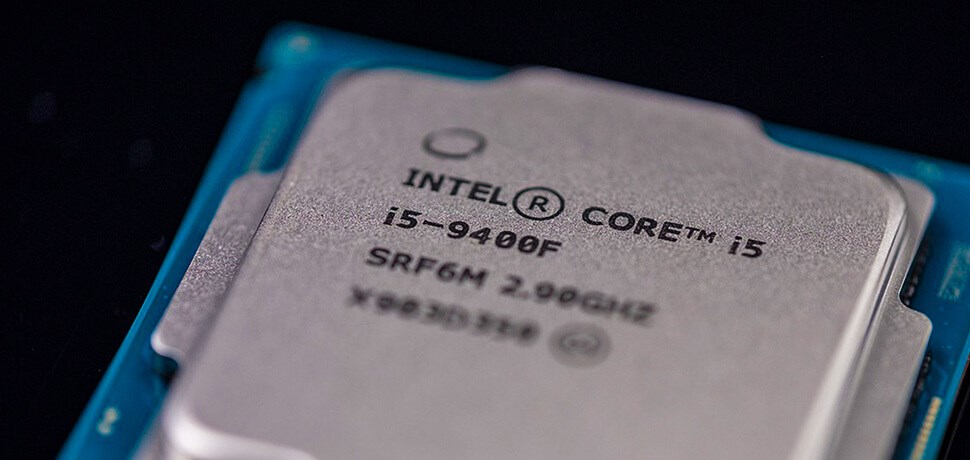
Intel generated revenue of $19.8bn (+24%), its gross margin increased by 380bps to 62.1% and net income increased to $5.7bn (+42%). Intel’s cash flow generation remained strong at $2.9bn and it strengthened its liquidity position by raising an additional $10.3bn in new debt.
Intel is one of the world’s largest chipmakers. It both designs and manufactures microprocessors for the global personal computer and data center markets. The proliferation of cloud-computing at the expense of the mature PC market has seen Intel transition itself from a PC-centric company to a data-centric company. In particular, computing tasks are increasingly being performed on mobile devices which access data via cloud-based infrastructures. This development required significant server build-outs which in-turn created strong tailwinds for Intel’s server processor business. Acquisitions of Altera and other AI-related acquisitions should help Intel maintain its growth trajectory in this space.
Intel has benefited from “work-from-home” and remote learning trends as it reported a 24% rise in group revenue to $19.8bn, albeit it off a lower base. Data-centric revenue rose to $10.0bn (+34%) with increases in both unit volumes (+27%) and average selling prices (+13%). A particular highlight was the growth seen in cloud service provider revenue (+53%). PC-centric revenue increased to $9.8bn (+14%). Notebook revenue rose 19% on the back of a 22% increase in volumes which was slightly offset by a 3% decline in average selling prices. The opposite was true for Desktop revenue which declined by 2%, with volumes down 4% and average selling prices rising 2%. Intel’s gross margin increased 380bps Y-o-Y to 62.1% due operational leverage benefits from increased revenue. Net income increased 42% to $5.7bn and EPS increased 51% to $1.31/share. Intel’s cash generation remained strong with $2.9bn in free cashflow and it strengthened its liquidity position as it raised $10.3bn in new debt. Management committed to maintaining the dividend but did note that although Intel completed a $4.2bn share buyback it has temporarily suspended all buybacks with a view to reinstate – when warranted.
Management estimate that the increase in PC demand is expected to be temporary in nature and expect a challenging environment for the remainder of the year. However, the medium-to-long term outlook for Intel remains promising. The shift to cloud-computing has been a massive tailwind for Intel and by all accounts we may only be at the beginning of the transition as AI proliferates and demand increases for more specialised chips. Intel maintains a strong competitive advantage in both the design and manufacture of microprocessors specifically through superior cost advantages. Semiconductor manufacturing is capital intensive and Intel’s massive investment in R&D enables it to keep its cost per chip at a reasonable level. Over the years Intel has garnered significant engineering know-how related to advanced processor design the likes of which is not easily replicated. Intel’s core products exist in the x86 ecosystem which is represented in the majority of PC and now more importantly, server chips. Intel benefits from network effects in this regard as proprietary computer software has been written specifically for x86 architecture leading to significant switching costs for developers to shift architectures. This bodes well for Intel as x86 is expected to continue to flourish in server processors and Intel’s processors just happen to be the incumbent in the majority of servers.